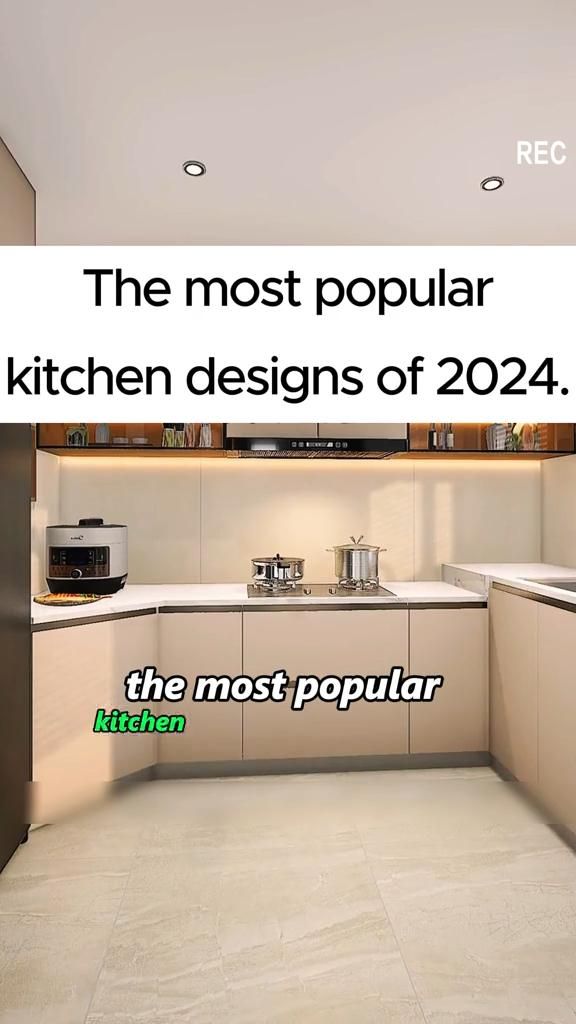We need a solution that’s much faster, more scalable and deployable, and we need it right away.
Embodied carbon refers to the carbon emissions generated by a building over its lifetime, including the processing, manufacture and distribution of building elements, the construction itself, the use of the building, the end-of-life scenarios and opportunities for reuse and recycle.. What does net zero carbon mean?.Due to the growing pressure in the construction industry, many new developments claim they can achieve net zero carbon emissions.

In many cases, they refer to the possibility of achieving net zero carbon in operation only, which means that they do not account for the embodied carbon of the building over its lifecycle.A net zero carbon building is one that achieves both zero operational (regulated and unregulated) and zero embodied emissions.. Buildings should only be considered net zero carbon if the amount of carbon emissions associated with a building’s products/materials, construction stages, use (including operation) and deconstruction, is zero or negative.This can be achieved via measures to reduce the use or the carbon of individual materials, the implementation of energy efficiency measures, the use of on-site renewables and finally a combination of carbon offset schemes and green Power Purchase Agreements (PPA)..

It should be noted, that for most new developments nowadays it is not feasible to become net zero within the possibilities of the design (energy and material efficiency measures), so the use of carbon offset schemes and PPA is essential.. Why should we focus on sustainable construction and net zero carbon?.The UK has established ambitious targets to reduce carbon by 2050.

The UK aspires to reduce total carbon emissions by 78% by 2035, compared to 2020 levels, and become net zero carbon by 2050.
These ambitions, translated to the built environment, can only be achieved via the implementation of measures to reduce operational and embodied carbon of new buildings, upgrading existing buildings, the use of ambitious policies and crucially via a decarbonised grid..With the example of a photograph, we can check to ensure the photo was taken, and the worker also benefits knowing his job has been done.
However, spatial mapping can also be used to evaluate things like crane hook time and positioning, in order to drive productivity benefits.At Bryden Wood, our work with kit-of-parts architecture and platform design for manufacture and assembly (P-DfMA) dramatically increases speed of assembly onsite.
As a result, we’ve seen that inefficient hook time becomes an increasing problem, leaking value from this powerful MMC process.It’s important that we use construction technology to improve these types of issues.. Standards and innovation in the Australian construction industry.